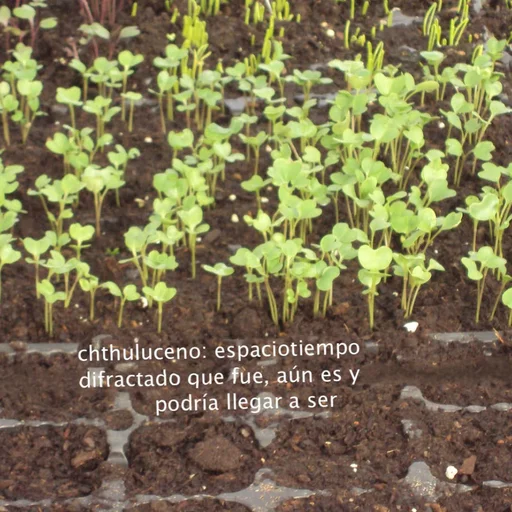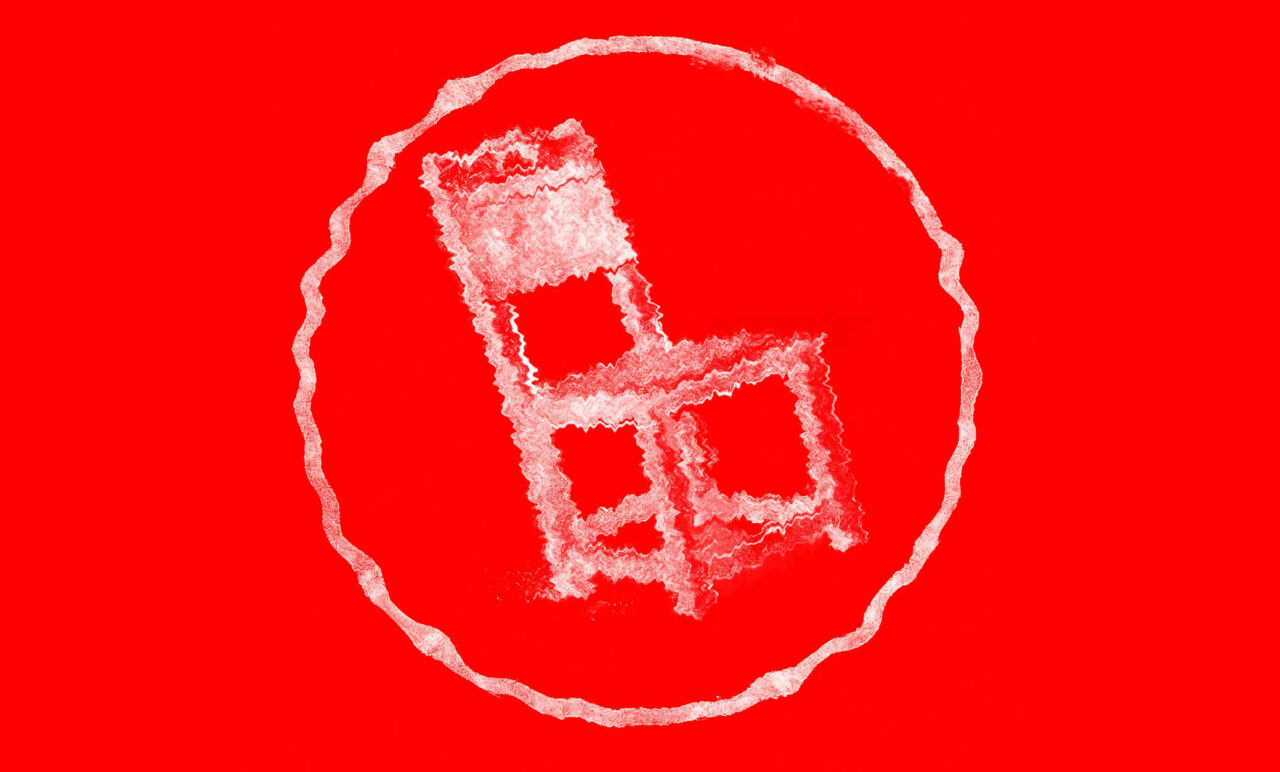Functions. Román Fabré
For this edition of ARTNOU, Galería Alegría presents a solo exhibition by the Mallorcan artist Román Fabré (1999). Román’s work consists mainly in the creation of small and large-scale abstract geometric figures, which he himself constructs out of wood through a laborious and meticulous process. These forms then become the base on which the artist carefully places his canvas with ingenious yet neat solutions. Basically, he uses the canvas to surround them, as if they were sofas. This working process crosses the domestic with the industrial, and the works, in their apparent simplicity, take on a life of their own. As a final step in his creative process Román paints his works exclusively with oil paint, using rollers of a very porous, hard foam to create irregularly coloured surfaces, which appear flat from a distance, but which reveal a densely jagged and stitchy texture when viewed up close. This recourse is an homage to the history of painting and seeks to further enhance the contemporary tension generated in Román’s works by the contrast of a very traditional medium with the contemporaneity of its forms. This exhibition represents the culmination of Román’s last few years of pictorial research and will take the form of a conceptual ‘toolbox’, in which each tool/artwork will be a polyptych composed of many parts. Each piece is intended to have a different function and to be complex in itself: Román therefore avoids installation resources that, in his opinion, would only complicate them unnecessarily, preferring instead easier solutions such as installing his pieces in a very simple way. Once placed in the space, the pieces begin to compete with each other in a natural and organic way, as if they had personalities, powers and objectives of their own, and the viewer is left with the implicit invitation to compare them and choose the one that suits him best to develop his own function, whatever it may be and of whatever kind. From this fine concept comes the name of the exhibition, ‘Functions’, which literally means: «relationship between a set of inputs that each have one output».





